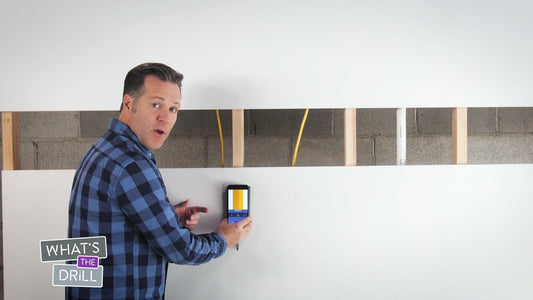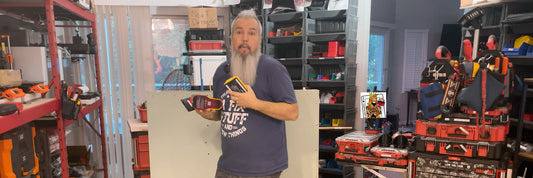Knowing how to locate studs in drywall is a crucial skill. Studs are the vertical frames behind the drywall that provide structural support to your house. They are also the safest and strongest place to anchor anything heavy.
Understanding the Basics
Drywall is typically attached to the studs in your walls, which are usually spaced 16 or 24 inches apart, center to center. However, this can vary, especially in older homes or custom builds.
Tools for Detecting Studs
Stud Finder
The most reliable tool for this task is a stud finder. There are two main types: magnetic and electronic. Magnetic stud finders detect the nails or screws in the studs, while electronic ones sense the density change in the wall where a stud is located.

Using a Knocking Technique
If you don’t have a stud finder, you can use the old-school method of knocking on the wall. A hollow sound indicates the spaces between studs, while a more solid sound suggests a stud’s location. This method requires a bit of practice to interpret the sounds accurately.
Step-by-Step Guide to Locate Studs
- Choose Your Tool: Decide whether you’ll use a stud finder or the knocking technique.
- Start from a Corner: Walls typically start and end with a stud. Begin your search from a corner, which is guaranteed to have one.
- Measure from an Electrical Outlet: Outlets are usually attached to one side of a stud. Measure in 16 or 24-inch increments from an outlet to find other studs.
- Mark the Stud Locations: Once you find a stud, use a pencil to mark the edges. This helps ensure accuracy when you’re ready to drill or hammer.
- Verify with Multiple Methods: Confirm the stud location with both a stud finder and the knocking technique for best results.
- Be Aware of False Positives: Pipes and other fixtures can sometimes be mistaken for studs. Double-check your findings to avoid these errors.
Locating studs in drywall is a fundamental skill for any homeowner or DIY enthusiast. Whether you use modern tools like stud finders or traditional methods like knocking, the key is to be methodical and patient. Accurately locating studs ensures that your wall hangings are secure and your home improvement projects are successful.




